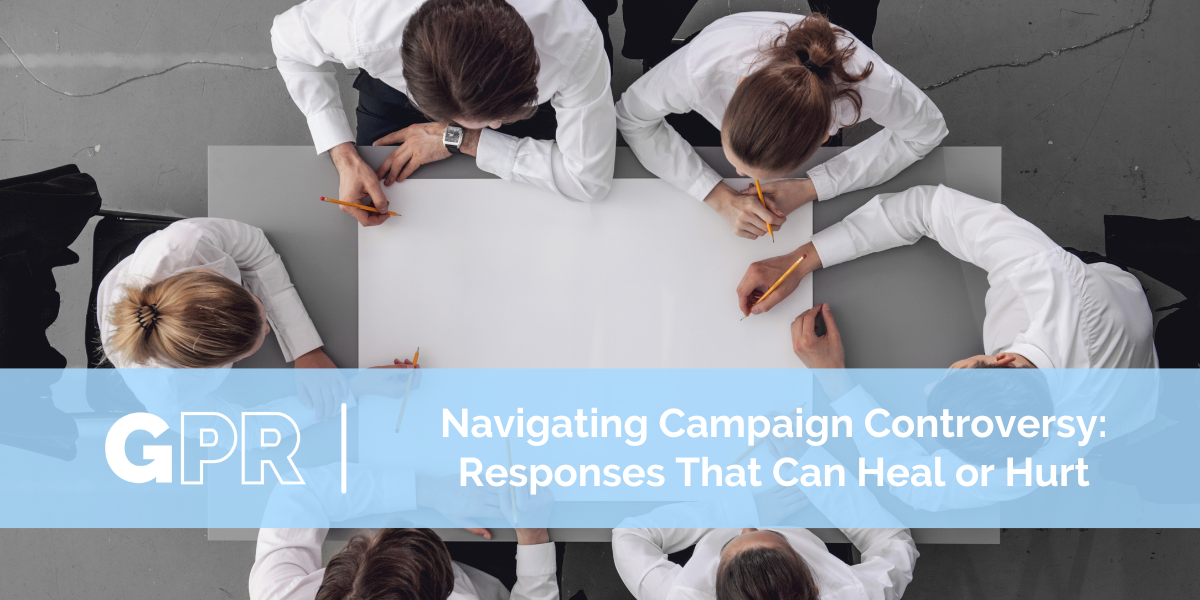Navigating Campaign Controversy: Responses That Can Heal or Hurt
Campaigns are crafted with a specific audience in mind, but when messages reach unintended groups, it can provoke criticism or backlash. When this occurs, skilled PR professionals must strategically assess the situation and determine the most effective course of action. Common responses include issuing a formal apology and taking corrective measures or standing firm and reinforcing the original message. The right approach for an organization depends on the severity of the negative publicity, the potential impact on brand reputation, and the significance of the audience expressing concern.
Hatch’s Spooky Take on Doomscrolling
Recently, the alarm clock company Hatch released a Halloween-themed campaign addressing the modern struggle of doomscrolling. The advertisement clearly depicted Hatch’s alarm clock battling “sleep demons”, which served as a metaphor for the restless nights caused by excessive phone use. This campaign was launched across social media platforms around October 13th, 2025, and accompanied by a short film starring Kiernan Shipka. These videos illustrated how smartphones disrupt sleep much like “demons” disturb the spirit, and how Hatch’s product helps “tame” them.
However, the campaign’s supernatural theme sparked unexpected backlash on TikTok. Some viewers interpreted the “sleep demons” concept literally, accusing Hatch of associating its products with demonic elements. A major target audience for Hatch is parents, as they offer a line of sound machines specifically geared towards kids and babies. This reaction led a subset of users, who were once loyal customers, to announce that they would no longer use Hatch devices for their children or include them on their baby registries.
Rather than ignoring the situation or waiting for the discussion to fade, Hatch responded to this criticism by posting a carousel message on Instagram and TikTok. This statement acknowledged how some customers felt and clarified that the original advertisement’s message was not their company’s intention. To ease tension and address additional concerns, Hatch also incorporated humor into their response by introducing the“Repossessed Hatch” concept, allowing concerned customers to “return” their devices so others could adopt them. Hatch’s direct response and immediate alternative effectively turned potential PR damage into a moment of community engagement. Overall, this moment showcases the brand’s confidence when executing crisis communications and its ability to manage a controversy by providing solutions.
Sydney Sweeney’s “Great Jeans”
Another campaign that recently faced significant backlash was Sydney Sweeney's “Great Jeans” collaboration with American Eagle. In the advertisement, Sweeney draws a playful comparison between “good genes” passed down through family and “great jeans” from the brand. However, worldwide audiences quickly criticized the messaging, interpreting it as tone-deaf, pro-eugenic, and overly sexualized. The advertisement has been taken off of American Eagles’ social media platforms; however, it is still circulating on X. For Sydney Sweeney, this was not unfamiliar territory, as her earlier 2024 collaboration with Dr. Squash featured a “bathwater soap” that stirred controversy for undermining feminist ideals.
The criticism of American Eagle intensified when GAP launched a contrasting campaign just 27 days later, featuring Katseye, a diverse all-girls dance group. GAP’s advertisement paid homage to nostalgic 90s denim culture in a way that was widely praised for its inclusively and functionality of their jeans. This highlighted the gap (pun intended) between the two brands’ approaches to social sensitivity and authentic messaging.
In response, American Eagle issued a statement on Instagram clarifying that the campaign “is and always was about the jeans.” However, many audiences found this response defensive and dismissive, as they felt American Eagle had failed to acknowledge the underlying issues or the public’s concerns about the campaign’s tone.
From a PR standpoint, this case emphasizes the importance of message alignment to ensure that campaign concepts reflect both the brand identity, company values, and evolving cultural expectations. While Hatch successfully leaned into the humor to manage its controversy, American Eagle’s attempt at clarification fell short of meaningful engagement.
Unfortunately, PR professionals must recognize that audience perception cannot be controlled, only influenced. Before officially publishing their campaign, it is critical that companies define their target audience, but also factor in the perception of all other groups. These two examples outline that proactive listening and authenticity are often more effective than denial or deflection.
About Katelyn
Katelyn Rambo is currently a junior majoring in Advertising and Public Relations with a minor in Digital Studies. She is working on building her portfolio by working as an Account Associate for GrandPR. After graduation, Katelyn would like to immerse herself in agency life and explore new cities around the world.


